Madeo
Madeo FET
The
Madeo framework [bib]
[tutorial]
[flyer]
[doc]
is an open and extensible modeling environment that allows to
represent reconfigurable architectures. It acts as a one-stop
shopping point providing basic functionalities to the programmer
(place&route, floorplaning, simulation, etc.).
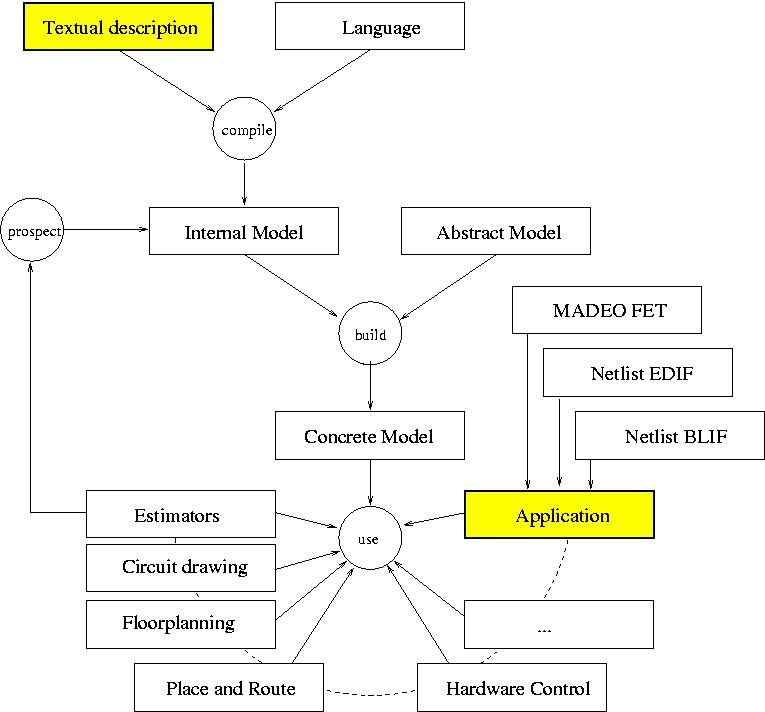 |
Setting up libraries of highly optimized operators is a time consuming task. Madeo-fet aims at decoupling behavioral specification from enumerated-types based contexts. The benefit is to support an automatic context-aware refactoring of operators. [bib].
|
A first consequence of this advantage is the restricted range of basic types coming from the capabilities of ALU/FPUs or memory address mechanisms. Control structures strictly oriented toward sequentiality are another aspect that can be criticized. As an example, programming for multimedia processor accelerators remains procedural in spite of all the experience available from the domain of data parallel languages. Hardware description languages have rich descriptive capabilities, however the necessity to use libraries has led the language designers to restrict their primitives to a level similar to C.
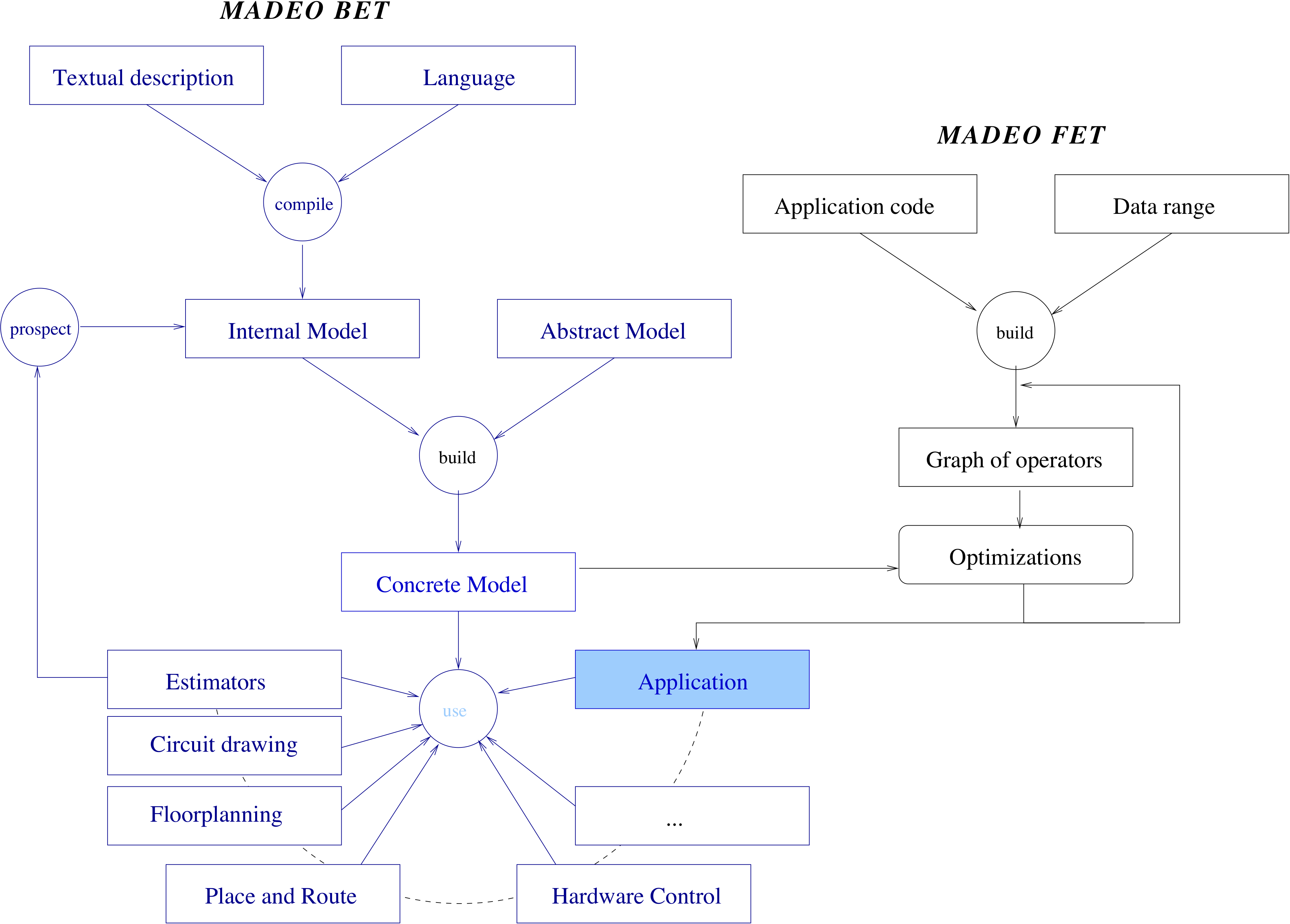
Textual editor
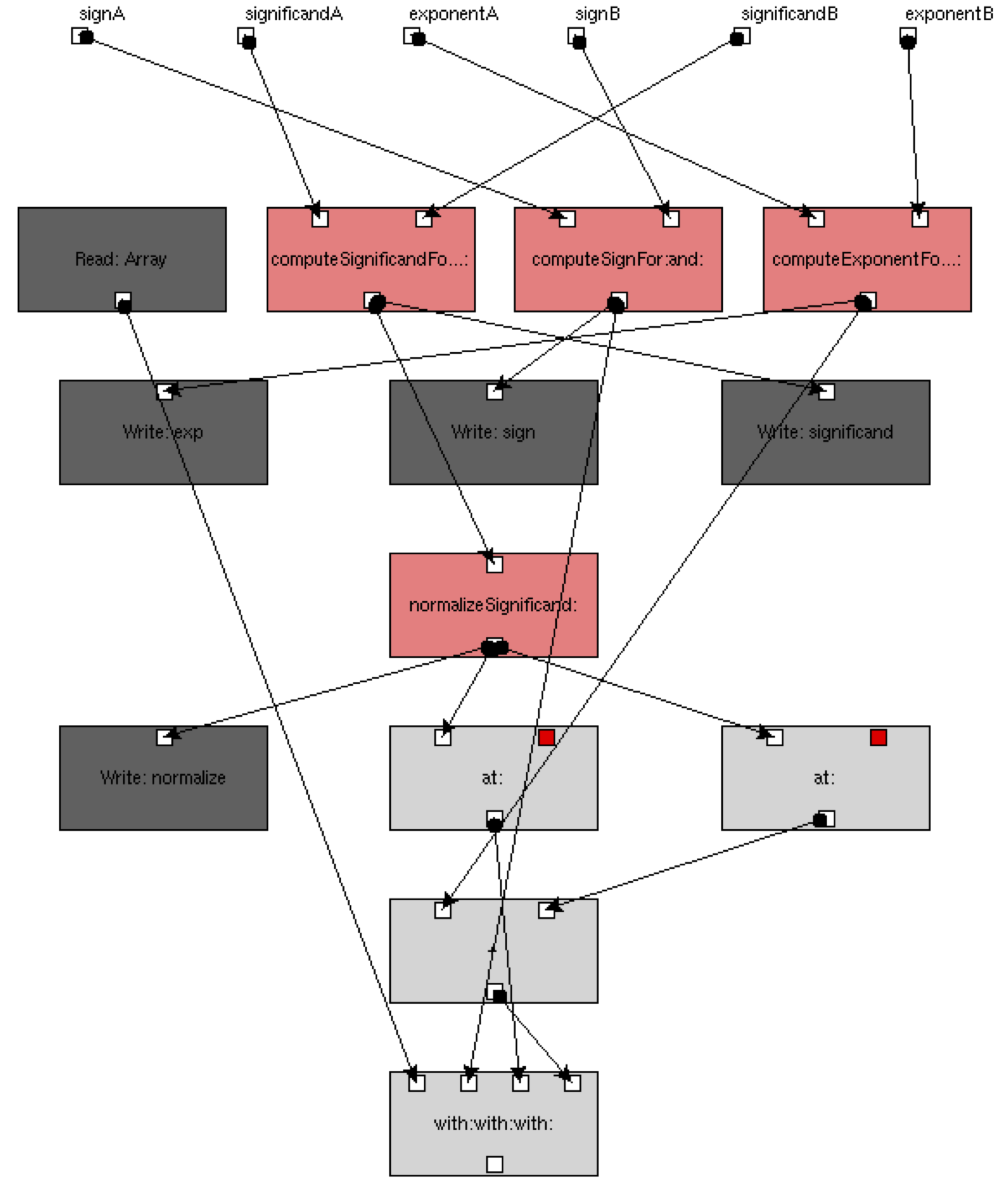
(1) Floating point multiplication
The
resulting graph is converted into logic by calling SIS.Yellow
nodes are hierarchical ones, red nodes are atomic ones, red inputs
are litterals (in this case, ArrayedResult class). The
normalize:significand: node has been refactored and outputs two
values: (value + offet).
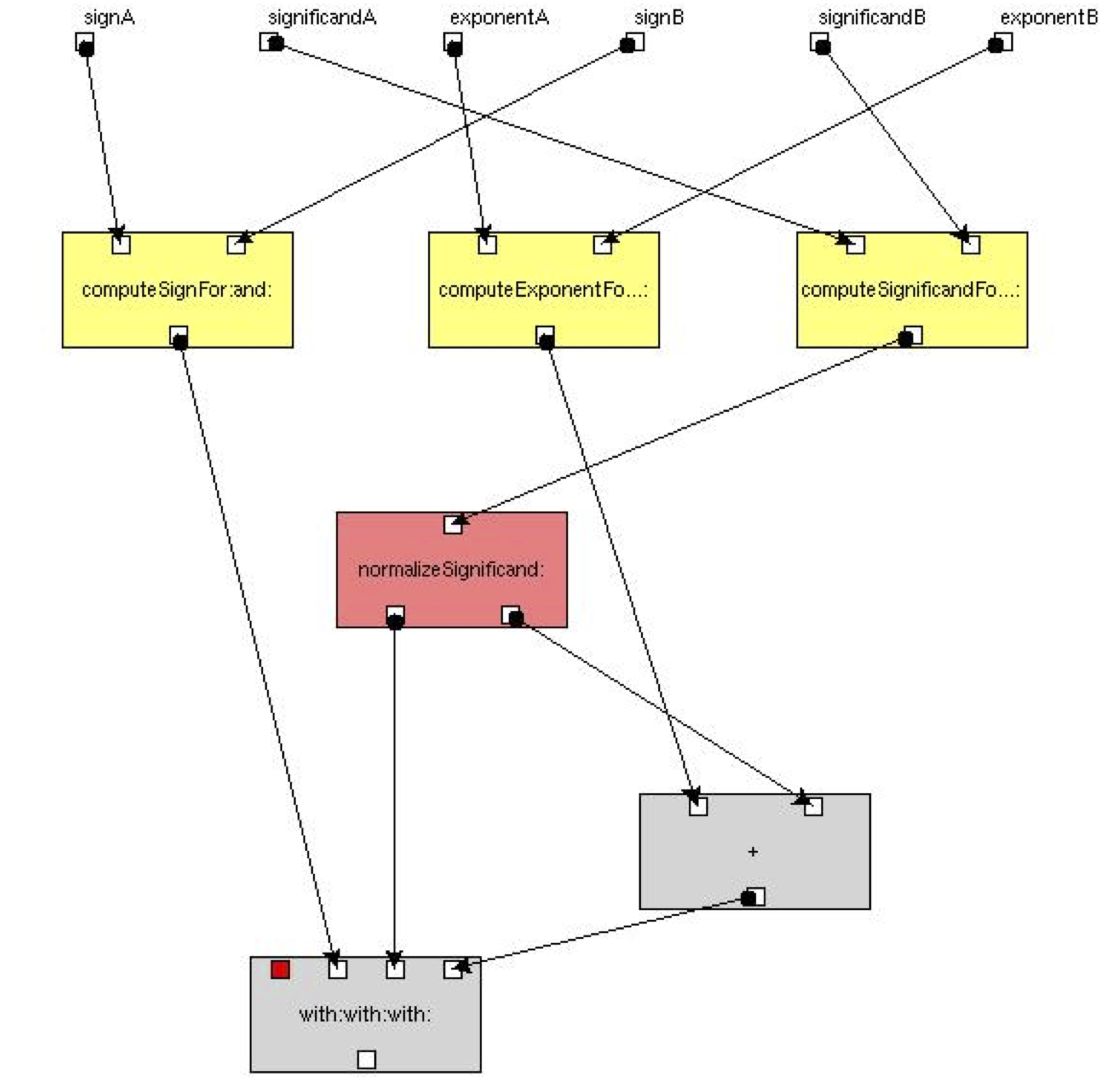
(2) Context aware optimization of (1)
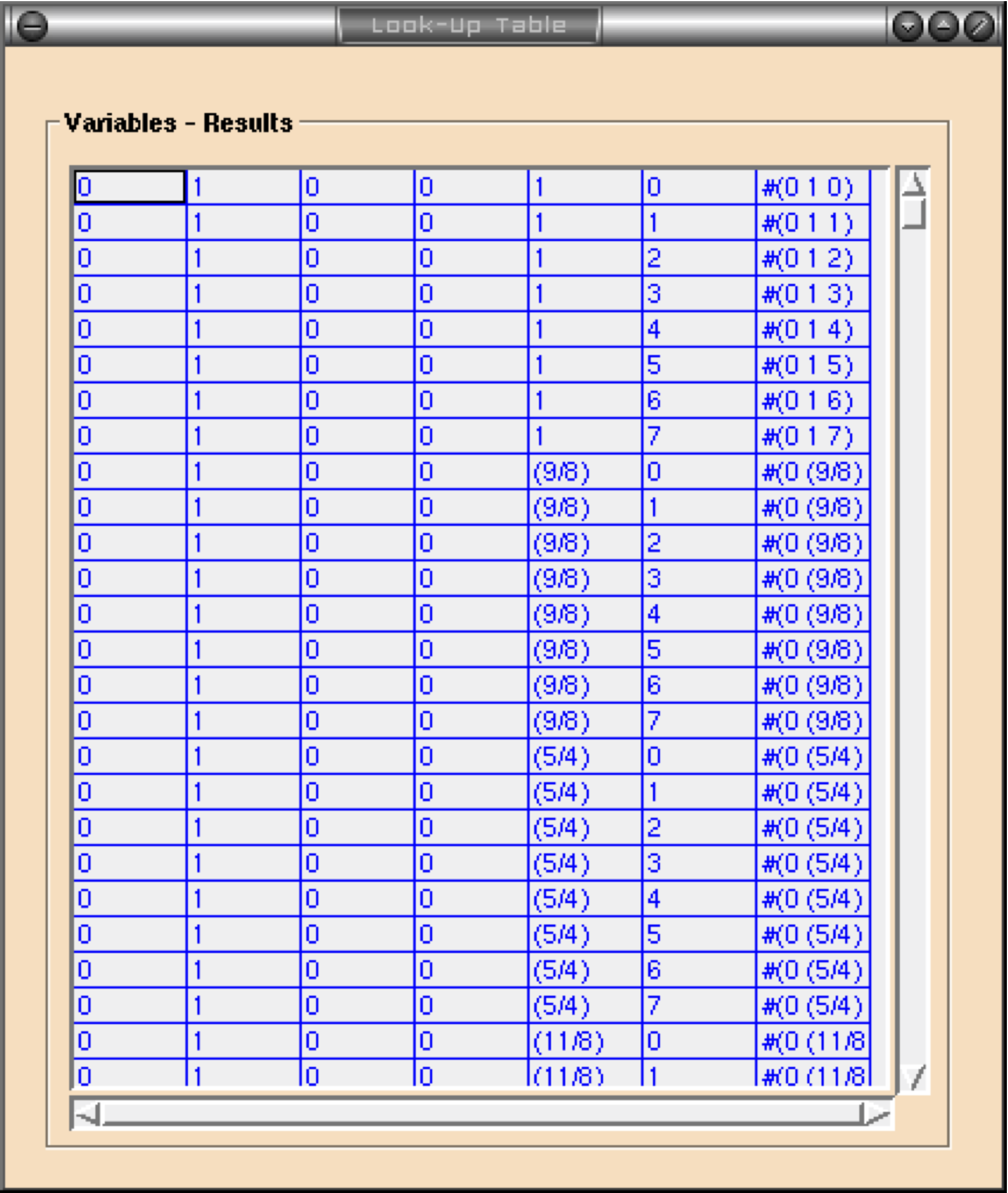
(3) High level LUT representation of computations
Madeo
offers a schematic view in addition to high level code based
representation.
The application can be automatically implemented on reconfigurable
architectures using MADEO-Fet,
as illustrated by (4) and (5).
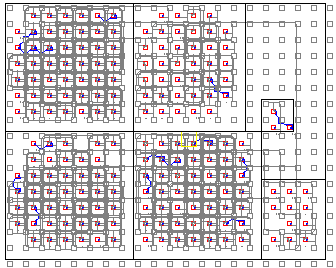
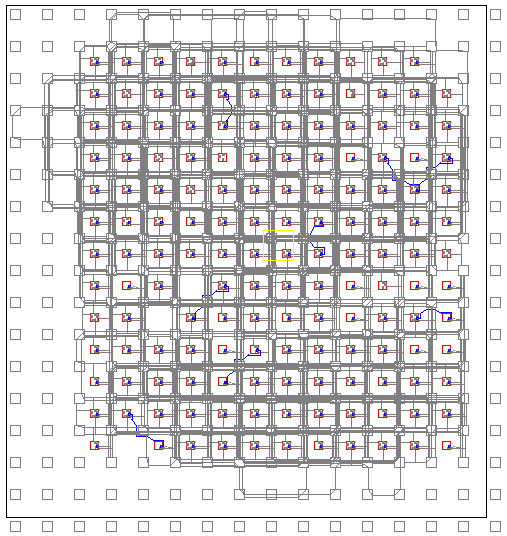
application context.





